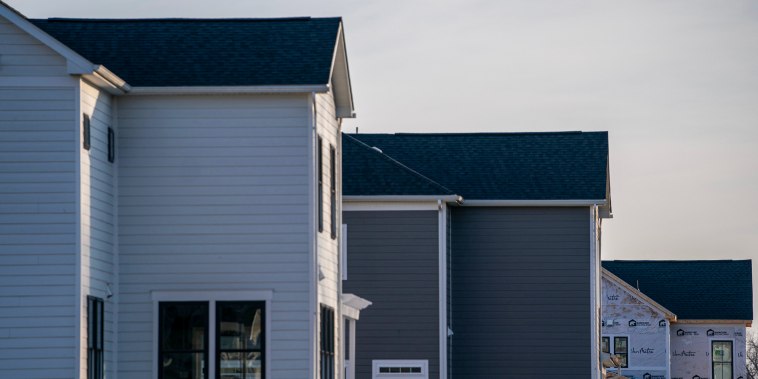The era preceding the pandemic was one punctuated by relatively low mortgage rates—enthralling homeowners with an enticing allure of affordability. That golden epoch seems to have dissipated now, as we witness the dawn of housing market’s ‘new normal,’ complete with a 7% mortgage rate environment.
The covid-19 pandemic initially led to economic uncertainty, forcing central banks worldwide to cut interest rates to historic lows. Homeowners and potential buyers witnessed unbelievably low mortgage rates, igniting a buying spree and a refinancing boom. However, as we gradually move away from the throes of the pandemic, we are suddenly facing the unwelcome reality of 7% mortgage rates, seemingly overnight.
A critical factor contributing to this new normal is the rising inflation that the global economy is grappling with. After an extended period of low inflation, governments worldwide are now combating increased inflation rates, a direct consequence of aggressive fiscal policies adopted to counter the economic impact of the pandemic. This rise in inflation, naturally, influences the hike in mortgage rates.
The Federal Reserve’s decision to start tapering its monthly bond purchases also lends credence to the trend. The Fed’s move signifies an end to the era of cheap money, which is causing mortgage rates to surge. The increase in mortgage rates is anticipated to be gradual but steady, with rates expected to reach and potentially surpass a daunting figure of 7%.
This new normal in the housing market can profoundly influence buyer behavior. With the rising mortgage rates, the affordability window is rapidly shrinking for prospective homebuyers. These tectonic shifts can lead to a slowdown in home sales, reducing the recent frenzy witnessed in the housing market.
Simultaneously, the higher mortgage rates will bring about a discernible trend in the refinance market. Homeowners who had not capitalized on the low refinance mortgage rates in the previous year might find themselves stuck in the current, more expensive mortgage environment. The ripple effect could be a decrease in refinance activities, an offshoot of the skyrocketing mortgage rates.
Forecasts also indicate that the 7% mortgage rate is not a transient phase but might be the new yardstick for some time. Although it is too soon to envisage the long-term impact, immediate effects like a deceleration in the housing market pace and potential dampening of homeowners’ spirits are well underway.
Nevertheless, the 7% mortgage rate shouldn’t be viewed in isolation as a challenge. Instead, it can be a potential opportunity for the housing market to stabilize after the feverish activity sparked by the unprecedented low rates. It presents an opportune moment for real estate developers, policy-makers, and potential homeowners to reassess and recalibrate their strategies by taking a holistic view of the housing market.
This 7% mortgage rate era necessitates financial prudence. Buyers should exhibit a selective approach by adhering strictly to their budget constraints and carefully evaluating their financial capability before committing to a mortgage. For homeowners interested in refinancing, it’s imperative to assess whether the cost of refinancing outweighs its potential benefits.
In conclusion, the ‘new normal’ of the housing market, characterized by 7% mortgage rates, presages a transformative period for the sector. While it poses certain challenges, it also offers scope for reassessment, strategic realignments, as well as a return to a more stable and realistic housing market. As we navigate this new terrain, the mantra for survival will be two-pronged—seize opportunities and exercise financial prudence.




